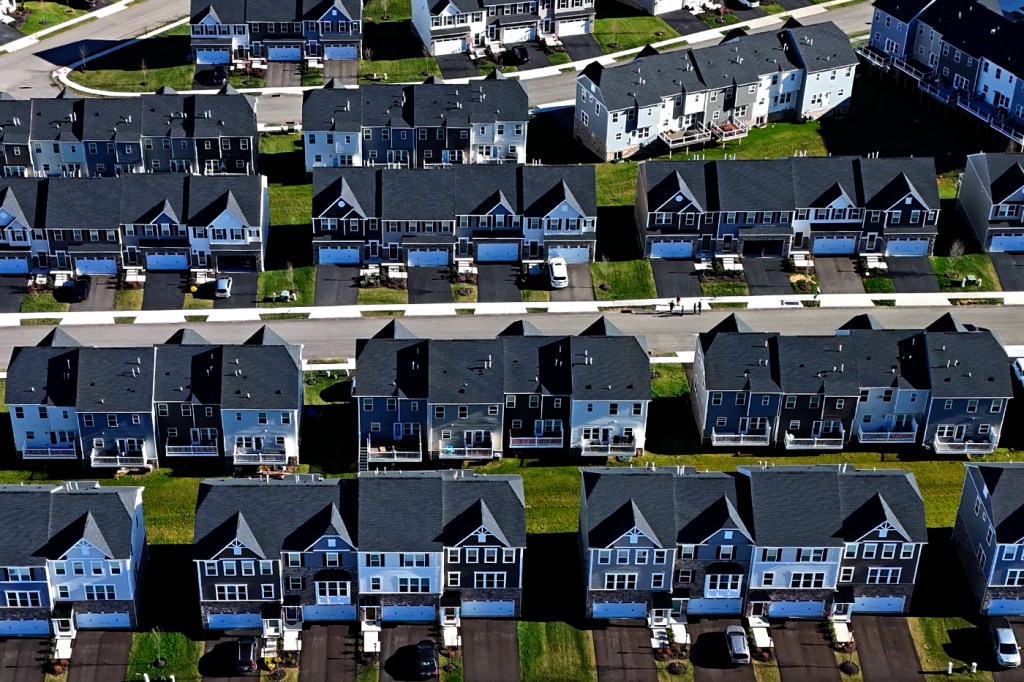Has the Fed rate cut thawed the housing markets? Northeastern experts say play the long game

The Federal Reserve aggressively cut its benchmark interest rate on Wednesday, and mortgage rates have since continued their year-long slide.
Does this mean the housing market has thawed?
Northeastern University economists say to focus on the long game.
“I don’t hang my excitement on these announcements so much because I think (the impact) is going to be very gradual,” says Roger Sparks, a professor of economics at Northeastern University Oakland who studies mortgage rates. “I’m more excited about what it’s going to look like a year from now.”
Sparks’s colleague Bob Triest agrees.
“One individual move like the 50 basis points cut in itself doesn’t change things a lot,” Triest says. “But this is starting the process of a whole series of future rate cuts, and collectively they will make a big difference.”
Featured Posts
The Federal Reserve sets the federal funds rate, which is the rate at which banks lend to each other on an overnight basis to make sure that they all have sufficient reserves. The federal funds rate in turn affects other interest rates such as those on Treasury notes and Treasury bonds, and the rates at which banks can offer mortgages, interest on accounts, car loans, etc.
Federal fund rates hovered just above 0% from the 2008 financial crisis until 2016, then returned to that area during the pandemic. But since February 2022, the central bank has raised the federal funds rate by more than 5 percentage points in order to combat inflation.
Mortgage rates — although more closely tied to the 10-year Treasury yield than the Federal Funds Rate — have followed.
The average 30-year mortgage rate dropped from about 6% in 2008, to just below 3% in 2021. In 2022, the average 30-year mortgage rate leaped to 5.3% and peaked at 7.8% last fall.
But on Wednesday, the Federal Reserve announced a cut of 0.5 percentage points, leaving the federal funds rate between 4.75% and 5.0%. The average mortgage fell to 6.09% on Friday.
But the housing market — and its current freeze — is affected by more than just mortgage rates, Triest and Sparks note.
First, there is a lack of housing supply due to decades of underbuilding.
Existing homeowners are also reluctant to give up the lower mortgage rate they grabbed — either by moving or refinancing — in previous years.
“Housing supply is not only just new housing, it’s getting people to move,” Sparks says. “It’s getting the retired couples who need to downsize to move out of their larger homes to make room for the people who want to upsize and also make room for the people who want to buy starter homes.”
Triest adds that homebuilders needing financing for projects are also affected by higher interest rates, further dampening new supply.
But even if turnover increases with more people willing to move as mortgage rates fall, that doesn’t mean the supply of housing is sufficient.
“It means there’s more turnover, but not necessarily an increase in the net supply of housing or a decrease in the net demand for housing,” Triest says. “So, it’s a bit of a mixed bag.”
That being said, we’re heading in a more positive direction.
“This is a step,” Sparks says. “It’s like the beginning of maybe a new chapter in a book, and you don’t know quite where it’s going to go, but you think if it keeps going in this direction, mortgage rates are gonna come down, maybe by two full percentage points in a year’s time.”
“And that,” Sparks continues, “that would really boost the housing market.”











